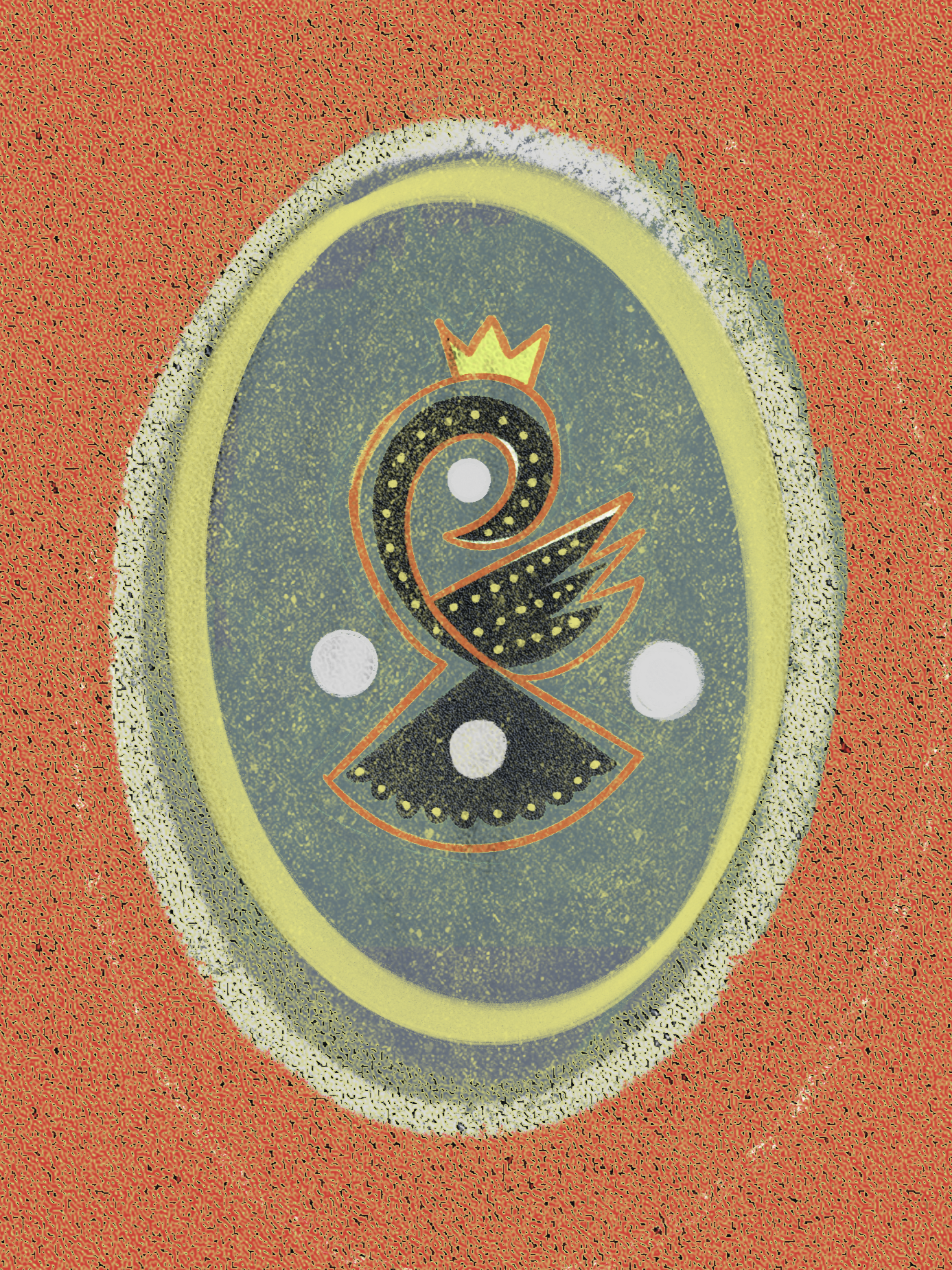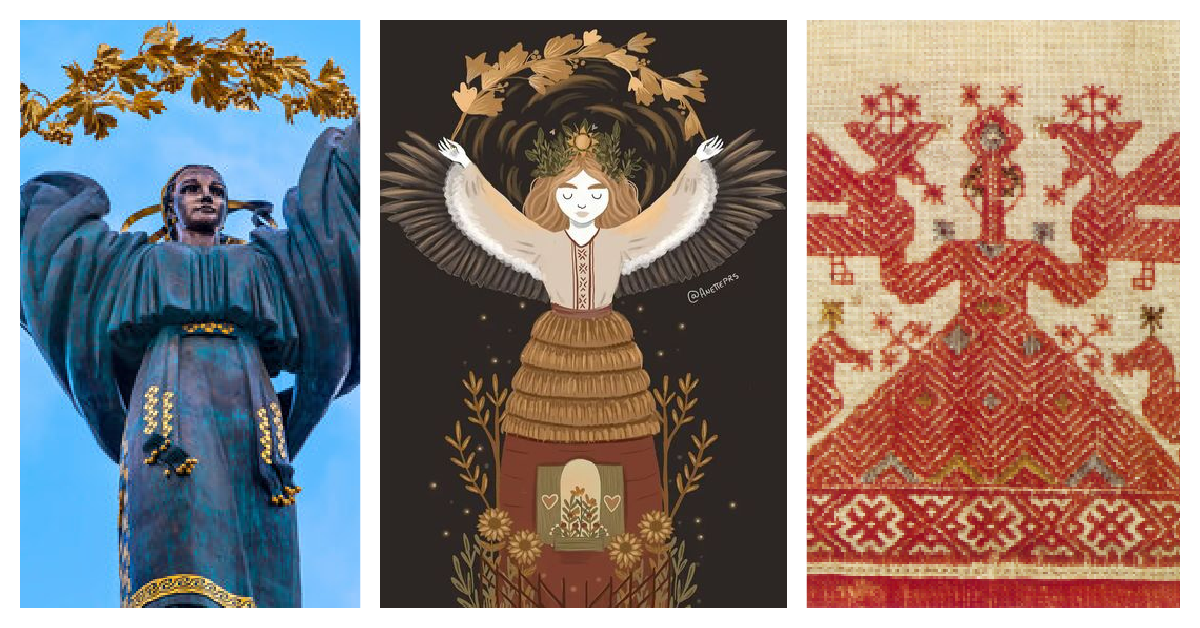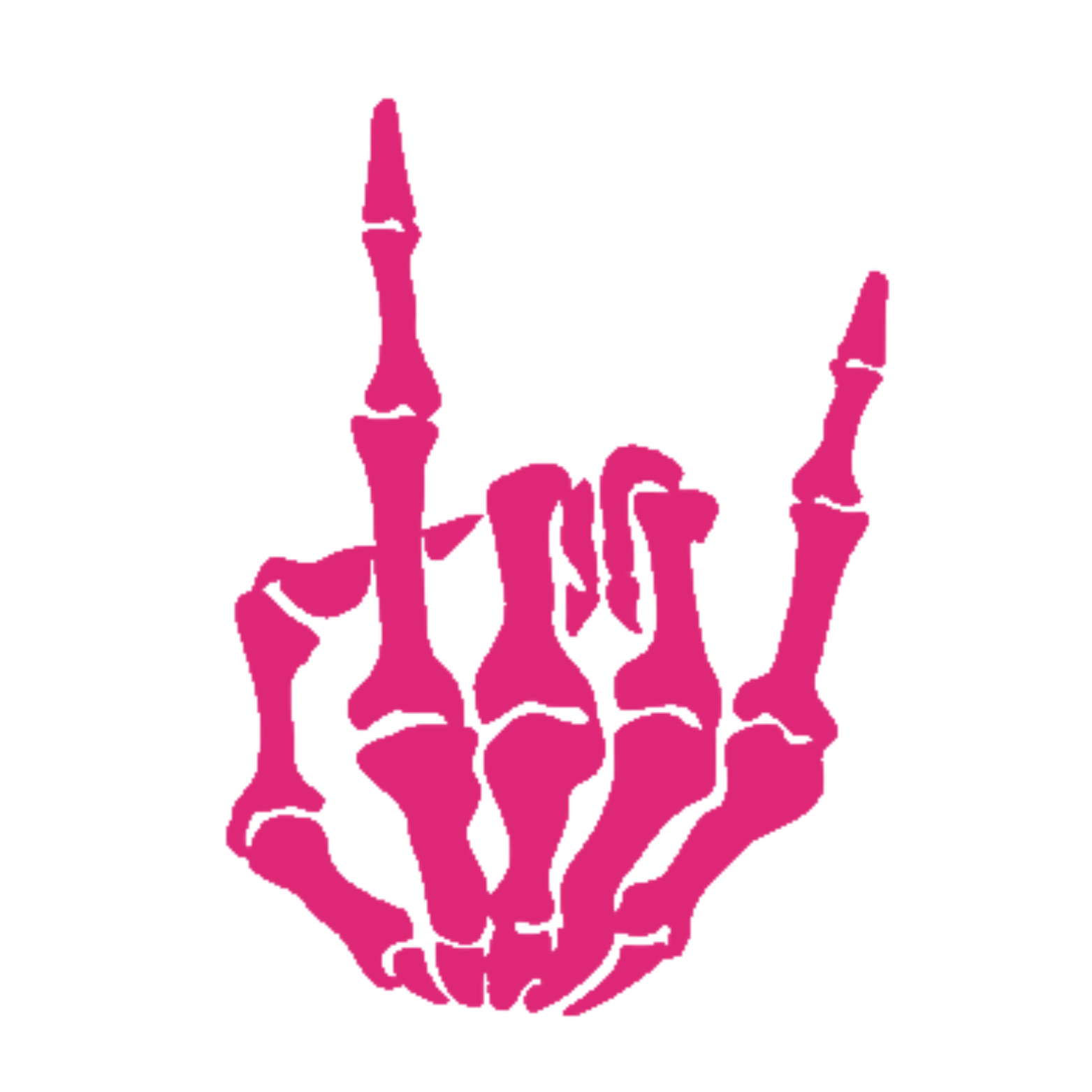13 Days of Baba Yaga: Bird Women
I started learning how to use Procreate at pretty much the same time I was writing my Baba Yaga essay for the first issue of Croning. As I drew, thought about Baba Yaga, and as I thought about Baba Yaga, I found myself reflecting on female figures from folklore and mythology who have some sort of connection with birds, of which there are a lot. Thinking about Baba Yaga as a product of the Slavic imagination got me to thinking about pysanky symbols that represent Berehynia, protector goddess of the Ukrainian people.
Before I go any further, I should probably note that I am not an expert in pysanky. Pretty much everything I know about this artform is from one source, which is obviously not a research best practice. And Berehynia is a deity I’ve only been aware of for a couple of years. I can say that my one Ukrainian friend has not called bullshit on anything she’s heard me say about pysanky or Berehynia, but she’s a very sweet young woman who is maybe just being nice to me.
Croning is a reader-supported publication. To receive new posts and support my work, consider becoming a free or paid subscriber.
Anyhow… I started messing around on Procreate with pysanky symbols representing Berehynia. Many of these images have wings, and a few look very much like birds. In fact, the author of the above-mentioned pysanky resource suggests that some of the images now defined as birds in pysanky began as the goddess and were renamed to conform with Christan sensibilities.

The Independence Monument in Kyiv is crowned by a statue of Berehynia with outstretched arms that look like wings. The artist Anette Pirso shows us something similar in her depiction of this goddess. There are also folk motifs that show Berehynia with birds in her hands.

Birds figure prominently in many stories about Baba Yaga. There’s her hut that stands on chicken legs, obviously, and the fact that she can fly. As mistress of wild things, Baba Yaga can count geese, eagles, and swans among her servants. The story “Go I Don’t Know Where, Bring I Don’t Know What” begins with a musketeer shooting a mourning dove. In “Finist the Bright Falcon,” a prince appears in the form of, you guessed it, a falcon. The Firebird is a whole thing in Slavic folklore and, yes, the Firebird and Baba Yaga sometimes find themselves in the same story. And now I’m about to stop before I get carried away but, before I do, I’d like to note that—in Slavic tradition and many other traditions—birds are able to move between worlds.
If we return to Baba Yaga herself, we find a figure with the epithet “Bony Leg.” She is not always described as having this unusual appendage, but when she is she takes her place among a coterie of strange women or, I might say, a flock of bird women.
To be continued, because it’s late and I’m tired…
A subscription supports my work. A paid subscription helps me pay contributors.


Comments ()